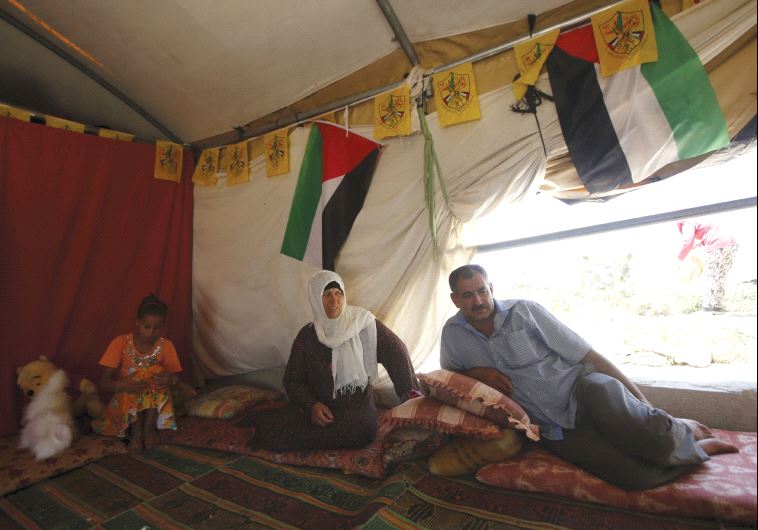In disputed Sussiya, old Ottoman law still casts a shadow over the land
Ottoman law continues to influence court decisions, as the state neglects to act on land disputes.
 A man sits with his family inside their tent in Sussiya(photo credit: MUSSA QAWASMA / REUTERS)Updated:
A man sits with his family inside their tent in Sussiya(photo credit: MUSSA QAWASMA / REUTERS)Updated: